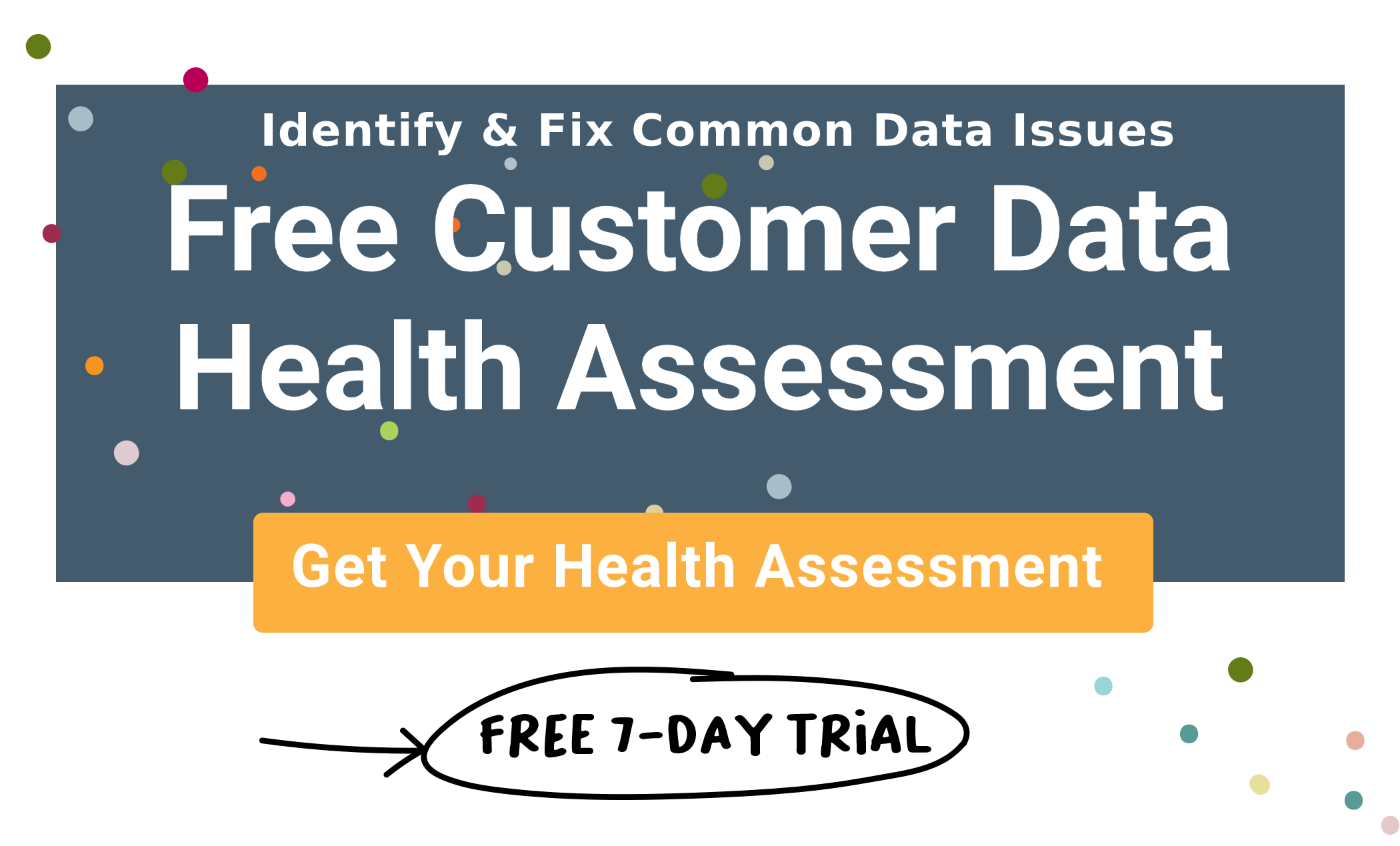Marketing isn’t for everyone, and for a long time it was out of reach of the average citizen.
Times have changed drastically, and thanks to the internet and budding entrepreneurs around the world, the barrier to entry is lower than ever.
Don’t have the coding skills to design a landing page? No sweat, you can use a drag and drop WordPress builder like Divi. Feel completely lost using Illustrator or Photoshop, but want to make some sleek graphics to build brand awareness? Easy, use a premade template on Canva.
The list goes on and on. As barriers fall and the demand for marketing rises, you’ll naturally find more and more misinformation being spread about the subject.
Even the best marketing plans and lead generation agendas can fall victim to marketing misconceptions and myths that commonly plague even the largest businesses in the world. Your marketing efforts aren't solely reliant on effort, but having a deep understanding of what you are trying to accomplish.
Marketing is a broad field with a lot of universal truths and just as many – if not more – common marketing misconceptions. With that in mind, we’ve compiled a list of the top seven marketing misconceptions, myths, and mistakes you can learn from to help you enhance your skills and hopefully yield better results for yourself or your clients:
1. “Anyone can do marketing”
The statement seems positive and almost inspiring, but it’s an incomplete truth. Marketing is like fixing a car. The simple stuff you can do yourself, but anything complex is best left to the professionals. It’s less of “can you do it?” and more of “can you do it well?” and “can you do it consistently?”
If you don’t have the time to invest in proper schooling or finding the right mentor to gain the necessary experience, then the safe bet is to hire a professional or outsource the activity altogether.
Aero Leads' Gundeep Sing emphasizes the unique mindset needed to be successful in marketing:
“I believe that every marketer is an artist, and his marketing plan is his canvas, where he can put his creative ideas. It is very important to think out of the box and create your own path of marketing success. This kind of vision helps a marketer to explore new corners of marketing strategies.”
2. “My industry doesn’t require an online presence”
Studies strongly indicate that 88% of consumers pre-research their buys online before making a purchase either online or in-store. That’s massive and something you shouldn’t take lightly.
Sure, your competition may be low, your product may sell itself, or your customers may not currently purchase online. But that may not be true forever, and prospects may still be looking for information about you.
Competitors will enter your market and steal market share if you’re not two steps ahead. At a minimum, you need a website, and it needs to be mobile-friendly since mobile search is higher than ever and growing.
3. “Automation is the only route to scale”
It’s definitely a great way to scale, but not for everything and especially not at the beginning of a project or startup. Sometimes, you have to do things the hard way.
Looking to acquire more users? Go out into the world and meet people face-to-face instead of sending them a link to your beta. Want to delight your customers? Don’t throw them an automated “thank you for being a customer email” they’ll never read. Handwrite a thank you card and send them a thoughtful gift.
Here’s Bonjoro’s Oli Bridge’s take on the matter:
"This is wrong and actually detrimental to growth. Here at Bonjoro, we have an internal motto, “automate processes, but never relationships.” Sure, use automation to scale your systems, but never use it in place of personal or relationship-driven approaches when it comes to driving outcomes. The point of automation is to put you or your team in front of the right people at the right time."
4. “Link building is a numbers game”
It’s hard to say if it ever was a numbers game, but today, more than ever, it’s far from it. Link building is a relationship game, and creating strong, dependable relationships is hard work. Online marketing almost requires that you establish a presence in search over time. And that requires backlinks.
It takes time to build someone’s trust and often involves making sacrifices and providing them with value in return. To get links, start with the relationships you already have with customers, vendors, and friends. Create link-worthy content that stands for something and shares an opinion. People don’t share things that toe the line. They share passion.
Tidio’s Outreach and Branding Specialist, Kas Szatyłowicz agrees:
"I hear a lot of marketing folks saying that relationships are the new backlinks, and I couldn’t agree more. Link building is no longer about how many outreach emails you send out, but about who you know and how good your relationship is. What might seem as a numbers game is actually a result of legit, non-transactional relationships that you build over time. People will be glad to link to you only if your content is epic and they trust you and your expertise. Mass emails won’t work, forget them.
Of course, link building through relationships isn’t just a random act of kindness either, but believe me, a genuine interest in helping others will go a long way. That interest will lead to more relationships, and you could soon find yourself as a part of a large community. All in all, I’d say that the right link building strategy starts with taking interest in things your fellow marketers care about. Hint: their website and their content.”
And so does HubSpot’s Senior Marketing Manager Irina Nica:
"One of the most common SEO and content marketing mistakes I see is around link building: either focusing exclusively on earnings backlinks naturally, without promoting the content at all, or putting too much emphasis on building backlinks through outreach and other similar methods. The latter can be more damaging for the brand in the long-term, but ignoring backlinks completely isn’t good for the SEO performance either. The right thing to do is to create high-quality, beautifully designed content that people are happy to mention and share, and make sure it’s visible to them. This strategy creates a flywheel that will generate natural backlinks over time."
5. “Our brand doesn’t need email marketing or a social media presence”
When it comes to marketing, you need to actively promote your brand, content, and product if you want people to notice you and take action.
Email marketing and social media marketing are no-brainer marketing strategies. According to various marketing studies, email marketing yields an average ROI of 4,300%, and 94% of prospects are active on social media.
No matter what marketing tactics that you focus on for lead generation, email marketing is routinely among the most beneficial.
For starters, focus on creating content that your customers are actively seeking that’s better than anything else out there, and focus on the social media sites they’re most active on.
6. “Everyone is a potential customer”
Targeting large customer bases may work for big companies with massive marketing budgets, but even they struggle with it. It’s far better to go narrow and find a niche you can truly dominate. In the process, you’ll build greater brand loyalty and reduce marketing spend.
For starters, narrow your customer focus down by creating in-depth buyer personas to determine who you should be targeting. From there, shift your efforts from acquiring as many new users as possible to boosting the equally important lifetime value (LTV) metric.
Let Right Inbox’s Marketing Strategist, David Campbell, explain further:
“While your small businesses might survive with single-purchase customers, only businesses with a focus on long term customer retention will thrive. If you only focus on bringing customers in, you’ll see them leave as quickly as they came. Work on generating lifetime value that’s higher than the cost of acquisition.”
7. “What worked for them will work for me”
This is a common trap that markers fall into. You see another company's outstanding marketing success and you assume that a similar strategy will get you the same results.
However, it's important to remember that different businesses have different customer demographics, budgets, brand recognition, etc. It all comes down to doing research and constantly running tests until you find what works best for your brand. Small businesses might have completed different goals than large ones.
Brooks Manley elaborates:
“The tactic, platform, or approach that earns one company incredible results may not work for everyone. Our business landscape is full of many different types of businesses: local and international; DTC and B2B; high demand and low demand... I’ve made mistakes in the past like focusing on a Google My Business profile for a nationwide eCommerce store. I’ve doubled down on content and link building for a local business who didn’t benefit from the nationwide traffic. I’ve spent loads on broad ad campaigns for low demand businesses when a targeted approach would have shown far better results. Bottom line? Know your business, industry, and context inside and out. Don’t run with generic marketing advice without testing first.”
It’s highly advisable to read widely and seek out case studies from other marketers to broaden your knowledge and learn from both their successes and, more importantly, their failures so you can be 1% greater each day. If you keep banging on your craft and staying humble, then good things will happen. It truly comes down to persistence and non-stop testing.
About the Author
Sujan Patel is a partner at Ramp Ventures & co-founder Mailshake. He has over 15 years of marketing experience and has led the digital marketing strategy for companies like Salesforce, Mint, Intuit and many other Fortune 500 caliber companies.






